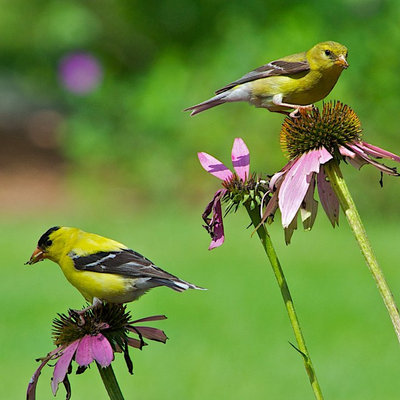As a nine year old I encountered one of the scariest moments of my life- a seizure. It was uncontrollable and took my breath away. After long and tedious debates with my pediatrician, I was finally referred to a neurologist where he found- what no parent wants to hear- that I had tumors throughout my body. More pressingly, I had
Bilateral Vestibular Schwannomas, which were the key factor in diagnosing me with a rare tumor disorder, Neurofibromatosis Type II (NF2). NF2 is caused by a mutation on my 22nd chromosome which prevents the production of merlin, a tumor-suppressor protein. NF2 causes benign tumors to grow along the nerves in my body. They arise from Schwann cells, which help insulate the nerve and increase productivity.

Being so young, I understood very little of this vocabulary, and entrusted my parents to choose the best options for me. Many years involved "watching and waiting" to see when the right time to act was. Acting too soon or too late could result in permanent hearing loss. It was all about finding that right moment. This moment came for me during the most important four years of my life.
When I entered high school, I could only think of the excitement I had for getting into college and what the next four years could mean for my future, but I never could have imagined that my brain had the potential to help a community suffering from a rare disease. In the beginning of my sophomore year of high school, I lost more hearing than I had before, and my tumors began to grow to an uncomfortable size. For years I was considering starting treatment on a drug,
Avastin (Bevacizumab,) which is a Vascular Endothelial Growth Factor (VEGF) inhibitor. This drug inhibits angiogenesis from ocurring. This, in simple terms, means that it prevents the growth of new blood vessels that stem from pre-existing blood vessels, specifically ones that feed tumors. Avastin has been approved for many conditions such as kidney, lung, and colon cancer, however, Avastin was not FDA approved for my condition.

Fortunately for me, I found a Phase II clinical drug trial that was testing the dosing of the drug on NF2 patients. This meant that not only would I have the chance to have tumor shrinkage and an increase in hearing, but that I would be able to participate in groundbreaking research. For the first six months of the trial, everything was looking up. My hearing was increasing, my tumors were shrinking, and the side effects were minimal. It was not until the dose of the drug was lowered that my tumors became resilient.
Every month I saw my tumors grow and my hearing decrease. The most frustrating thing was the incapability of the doctor's to acknowledge the change because of the large margin of error when looking at this data. Tumors are difficult to measure so researchers in this trial allowed for an approximate twenty percent margin of error. As my tumors grew so did my frustrations, but I kept thinking about the so many people I would help by participating in this trial.
When I entered my junior, my symptoms only got worse. By February, I was having such severe headaches that I ended up in the hospital for a week. After that week, I felt better but unfortunately the medication I received was what my neurologist would later call a "bandage medication". I fell back into my headache cycle, and my doctors tried every medication possible. One of the most obvious obstacles was that I could not receive blood thinners due to my high bleeding risk. Blood thinners make up a great majority of migraine medications, and from those left over, I had tried almost all of. My doctors were stumped. They couldn't find an exact cause until I received my latest MRI reports in May. They confirmed that my tumors grew enough that they were no longer stable, and I was categorized as progressive disease. The theory then became that the pressure from the tumor growth was causing my migraines.
The next day I called the principle investigator of the study, the one who created the trial and did the main research, and told him I wanted to leave the trial. He assured me that waiting two more months would be more valuable than leaving and increasing my dose of Avastin. When he told me that he had just found the last participant for his trial of twenty two, which took him four years to finally accomplish, I knew I could not stop. Every morning I go for a walk but I never want to finish it. When I think about it, it's a lot like my clinical trial. I am almost at the finish line and I just keep moving. My journey moving forward is uncertain; I don't know how how my health will change, but I know my perseverance will help me through any challenges I will face.
Want to know more about clinical trials? Look at these websites:
The FDA process for approval
Reexamining clinical trials
Phases of a clinical trial
Drug development
Pressures from government for faster approval
Learn more about NF2



































.jpg)














